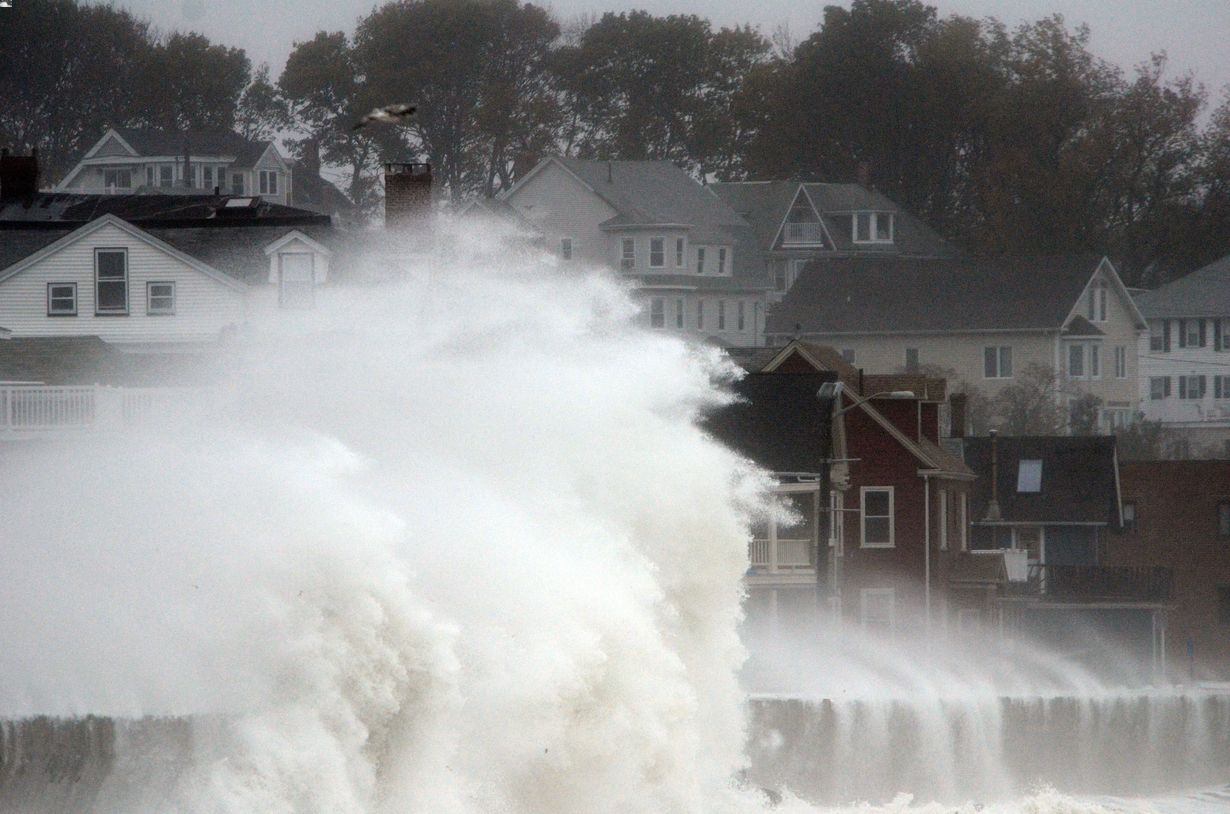
Ever wondered what makes a Nor'easter so powerful? These intense storms, often hitting the northeastern United States, bring heavy snow, rain, and fierce winds. But what exactly causes them? Nor'easters form when cold Arctic air clashes with warm Atlantic waters, creating a perfect storm. They can lead to blizzards, coastal flooding, and widespread power outages. Understanding these weather phenomena can help you prepare better for their impact. From historical records to modern-day occurrences, Nor'easters have shaped the region's climate and lifestyle. Ready to dive into some fascinating facts about these formidable storms? Let's get started!
What is a Nor'easter?
A Nor'easter is a powerful storm along the East Coast of North America. These storms get their name from the strong northeasterly winds that blow in from the ocean. They can cause heavy rain, snow, and strong winds, making them a significant weather event.
-
Nor'easters typically form between September and April. These months provide the perfect conditions for these storms to develop.
-
The term "Nor'easter" comes from the direction of the wind. The wind blows from the northeast, which is why the storm is named this way.
How Do Nor'easters Form?
Understanding how Nor'easters form can help predict their impact. These storms develop when cold air from the north meets warm air from the south.
-
Nor'easters often form near the Gulf of Mexico. Warm, moist air from the Gulf meets cold air from Canada, creating the perfect storm conditions.
-
The jet stream plays a crucial role. This fast-moving air current helps guide the storm along the East Coast.
Impact of Nor'easters
Nor'easters can have a significant impact on daily life. From travel disruptions to power outages, these storms are more than just a weather event.
-
Nor'easters can cause coastal flooding. Strong winds push ocean water onto the shore, leading to flooding in coastal areas.
-
Heavy snowfall is common. Some Nor'easters can dump several feet of snow, making travel nearly impossible.
-
Power outages are frequent. High winds and heavy snow can knock down power lines, leaving thousands without electricity.
Historical Nor'easters
Some Nor'easters have made history due to their intensity and impact. These storms are remembered for years due to the damage they caused.
-
The Great Blizzard of 1888 is one of the most famous Nor'easters. It dumped up to 50 inches of snow in some areas and caused over 400 deaths.
-
The "Storm of the Century" in 1993 was another notable Nor'easter. It affected 26 states and caused around $5.5 billion in damage.
Nor'easters vs. Hurricanes
While both are powerful storms, Nor'easters and hurricanes have some key differences. Understanding these differences can help in preparing for each type of storm.
-
Nor'easters are cold-core storms. They thrive on cold air, unlike hurricanes, which are warm-core storms that need warm water to form.
-
Nor'easters can last longer. These storms can linger for days, whereas hurricanes usually move through an area more quickly.
Preparing for a Nor'easter
Preparation is key when a Nor'easter is on the way. Knowing what to do can help keep you and your family safe.
-
Stock up on essentials. Make sure you have enough food, water, and medications to last several days.
-
Secure outdoor items. High winds can turn outdoor furniture and other items into dangerous projectiles.
Fun Facts About Nor'easters
Nor'easters are fascinating weather phenomena. Here are some fun facts that might surprise you.
-
Nor'easters can happen back-to-back. It's not uncommon for one Nor'easter to be followed by another within a short period.
-
They can affect air travel. The strong winds and heavy precipitation can lead to numerous flight cancellations and delays.
Nor'easters: Nature's Powerhouses
Nor'easters pack a punch with their fierce winds, heavy snow, and coastal flooding. These storms can cause significant damage and disrupt daily life. Knowing the facts about nor'easters helps us prepare better and stay safe. From their formation to their impact, understanding these weather events is crucial.
Remember, nor'easters are most common between September and April, with peak activity in winter. They can affect millions, especially along the East Coast. Staying informed through weather forecasts and having an emergency plan can make a big difference.
So, next time a nor'easter is on the horizon, you'll know what to expect and how to stay safe. Nature's power is awe-inspiring, and being prepared is the best way to face it head-on. Stay safe, stay informed, and respect the might of nor'easters.
Was this page helpful?
Our commitment to delivering trustworthy and engaging content is at the heart of what we do. Each fact on our site is contributed by real users like you, bringing a wealth of diverse insights and information. To ensure the highest standards of accuracy and reliability, our dedicated editors meticulously review each submission. This process guarantees that the facts we share are not only fascinating but also credible. Trust in our commitment to quality and authenticity as you explore and learn with us.
